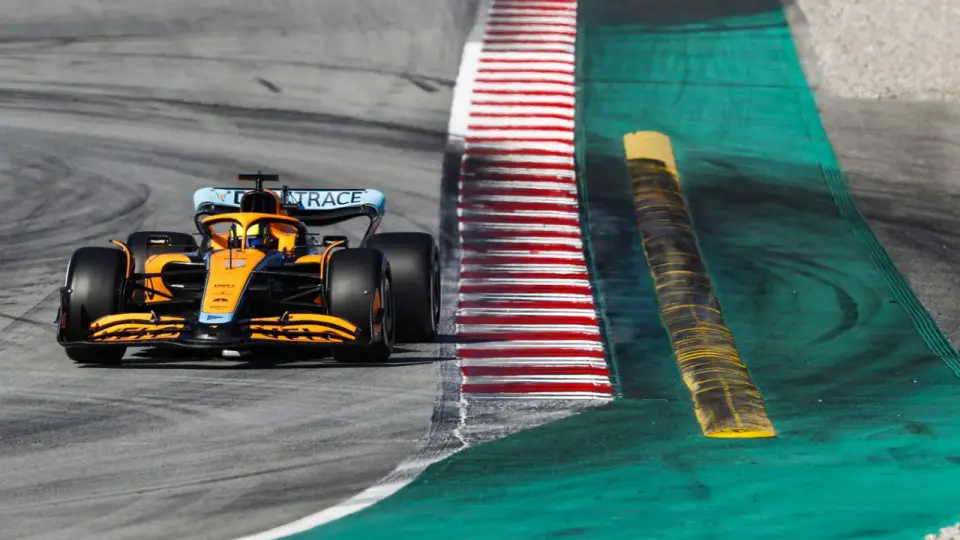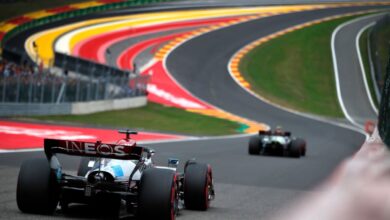FIA Introduces Advanced AI ‘Computer Vision’ in Abu Dhabi GP to Transform F1 Track Limits Policing
The FIA’s introduction of the ‘Computer Vision’ AI system during the Abu Dhabi Grand Prix marks a significant technological advancement in Formula One. This system is designed to enhance the accuracy and efficiency of policing track limits.
Key Takeaways:
- Innovative AI Technology: The ‘Computer Vision’ Artificial Intelligence system, tested by the FIA in Abu Dhabi, aims to improve the policing of track limits in F1. By analyzing video feed pixels, the system quickly identifies when cars breach track limits, streamlining the infringement identification process.
- Enhanced Efficiency and Accuracy: The implementation of this AI technology is expected to significantly reduce the number of incidents requiring manual assessment at the FIA’s Remote Operations Centre. This advancement will not only decrease the time taken for infringement reporting but also increase the precision of judgments.
- Future Plans and Additional Systems: Alongside the ‘Computer Vision’ system, the FIA is also experimenting with other technologies, such as the Catapult system, to further refine car location accuracy. These innovations are part of a broader strategy to enhance overall F1 race management and monitoring.

The Federation Internationale de l’Automobile (FIA) has taken a significant step forward in the realm of Formula One race management by testing a novel ‘Computer Vision’ Artificial Intelligence system at the Abu Dhabi Grand Prix. This innovative AI technology is set to revolutionize the way track limits are monitored and infringements are processed in the sport.
The primary function of this system is to analyze the shape and position of pixels in video feeds, thereby determining with high accuracy when an F1 car has exceeded track limits. This method not only enhances the speed of infringement detection but also aids in reducing the burden on human resources.
Tim Maylon, Head of the FIA’s Remote Operations Centre (ROC), highlighted the parallels between this AI methodology and its applications in medical fields such as cancer screening. He emphasized the AI’s role in eliminating clear non-infringement cases, thus allowing human experts to focus on more ambiguous incidents. Maylon elucidated this by stating, “What they’ve concluded is they don’t want to use the Computer Vision to diagnose cancer, what they want to do is to use it to throw out the 80% of cases where there clearly is no cancer in order to give the well-trained people more time to look at the 20%. And that’s what we are targeting.”
In addition to the ‘Computer Vision’ AI, the FIA is exploring other technological advancements. Chris Bentley, Single-Seater Head of Information Systems Strategy, revealed the incorporation of the Catapult system, which uses receivers for precise car location tracking. This system, inspired by technologies used in the NFL, is expected to enhance the accuracy of live feed analyses and decision-making in F1.
Looking to the future, Maylon shared plans for further technological improvements and expansions, including doubling the size of the ROC team and increasing the data bandwidth between race tracks and the FIA headquarters in Geneva. This strategic development aims to augment the capabilities of remote monitoring and analysis, setting a new standard in the world of Formula One racing.



